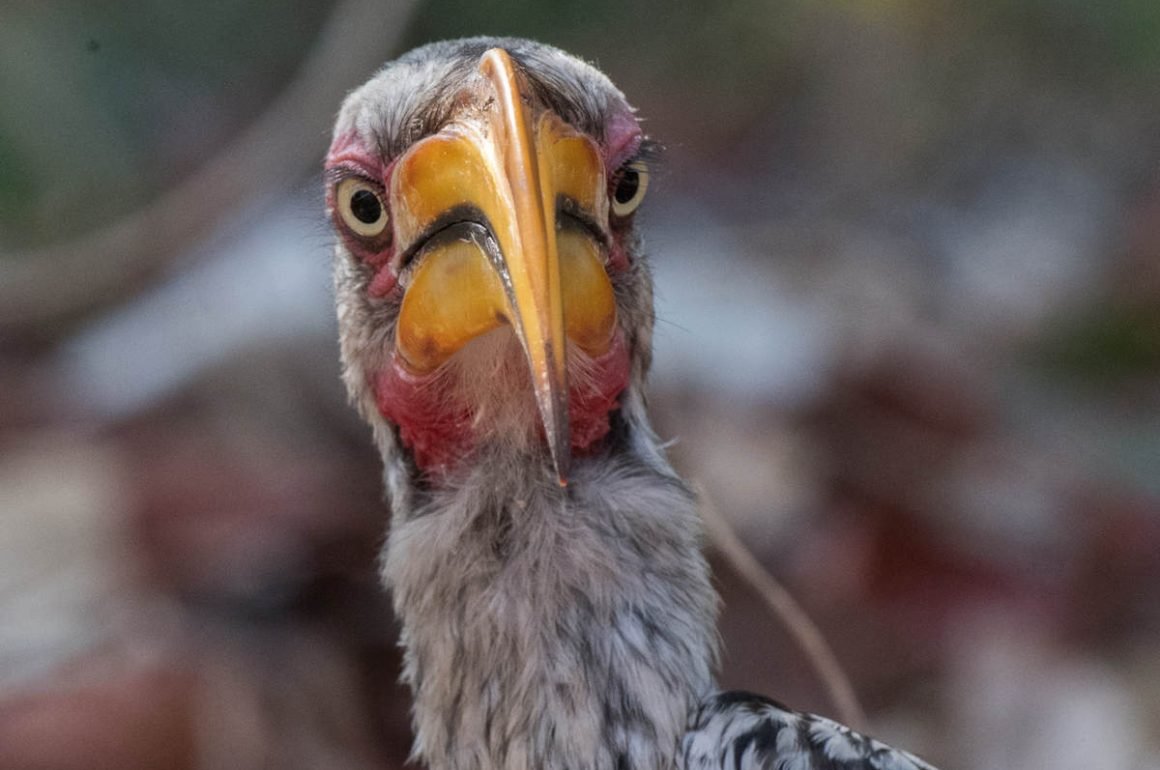
It is now almost exactly two years that I last was outside of China. At some point, my stock of memories of birds seen outside of China will be used up, I am afraid. But for now, I still have the hornbills I saw in South Africa a few years ago. “I’ll always have Paris”, I guess.
The bill of the African Gray Hornbill looks like African art, with its carved white ridges. It is a relatively small hornbill, and not very shy – some photos below were taken on the campgrounds of Kruger Park, which more or less seem to be the species’ natural habitat by now. Despite the photos below, it mostly feeds on trees rather than on the ground.
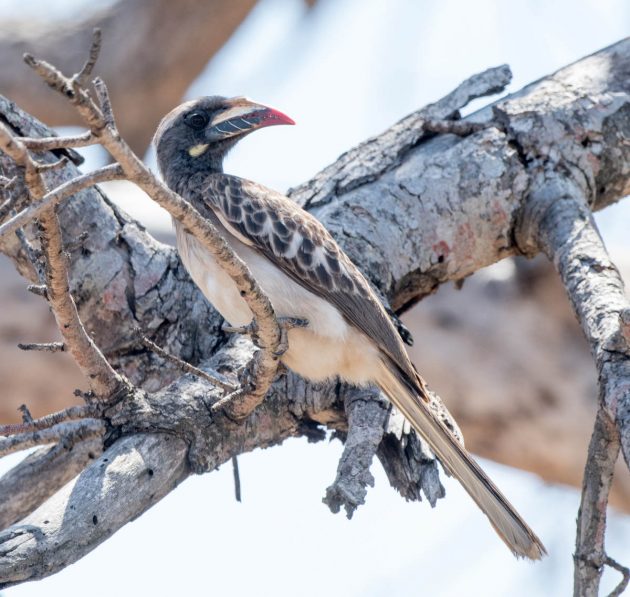
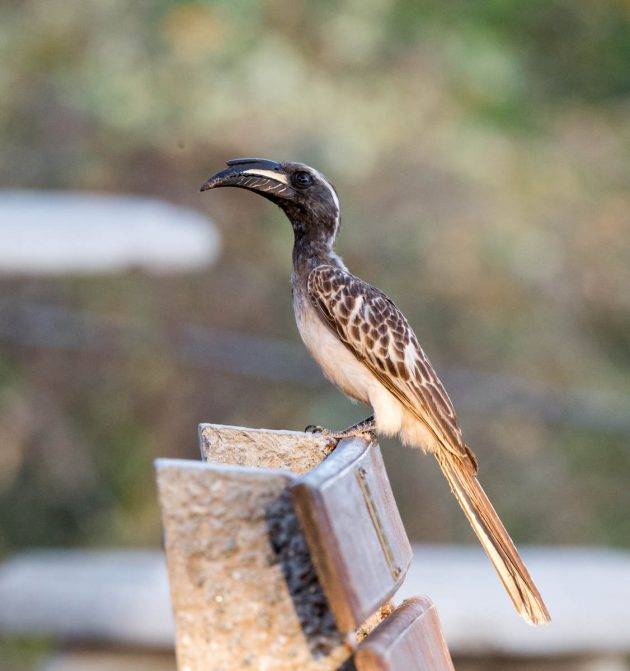
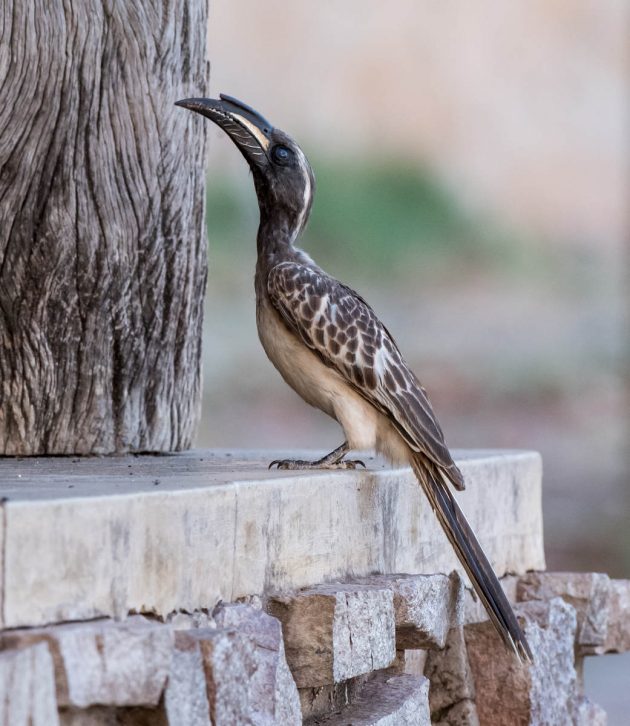
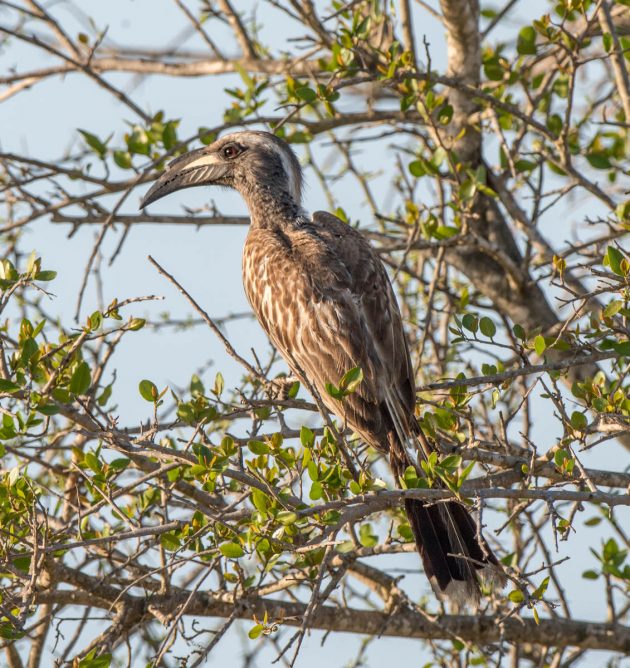
As a completely irrelevant side note, if you just google African Hornbill (without the grey), one of the first few entries you will find is for a bulk carrier named “African Hornbill” (thus skipping the question of whether the ship is named after the African Grey Hornbill or the African Pied Hornbill). While I write this, the vessel is on a trip from Shekou, China to Callao, Peru, presumably to pick up some ore, most likely copper ore. I knew you would be excited to learn about this.
Well-educated Crowned Hornbills also come if you shout for Lophoceros alboterminatus (=white-ended), the latter hinting at the little white bit at the tip of the tail feathers (somehow, calling the bird after a very obvious characteristic would presumably be regarded as cheating among professional ornithologists). Even more than the African Grey Hornbill, they are forest birds.
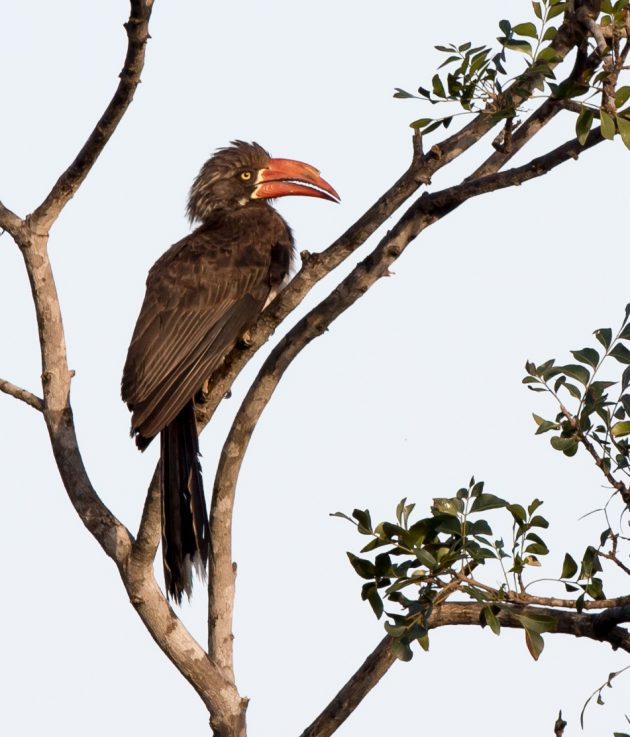
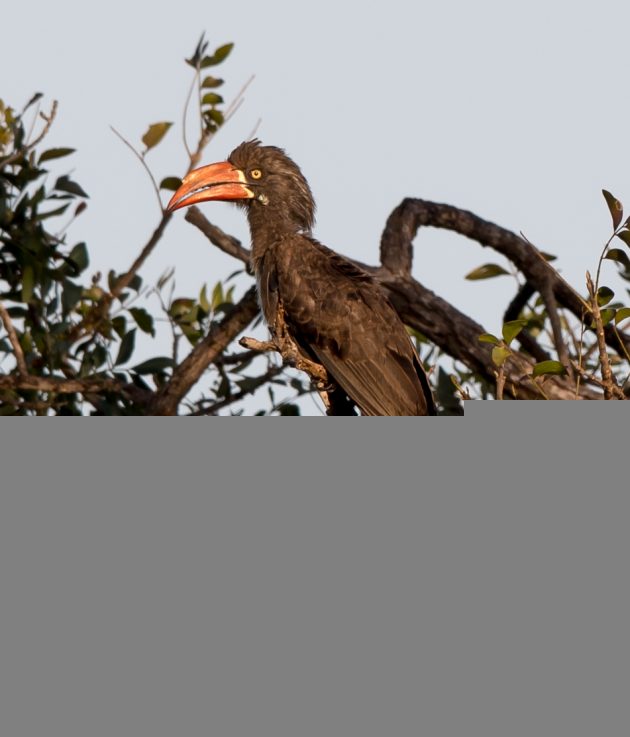
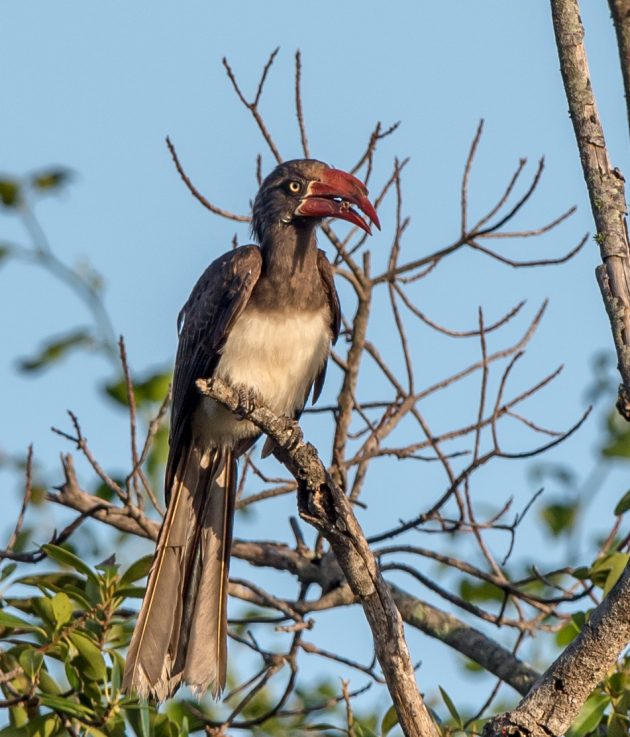
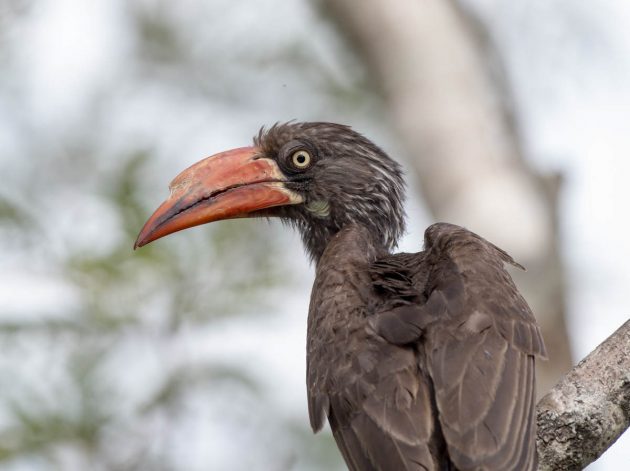
Not so the next one, the rather impressive Southern Ground Hornbill. Any bird that apparently lives off turning around dung in search of insects deserves respect. Also, it is the largest species of hornbill worldwide and frankly, it still is a bit miffed that it is not called Giant Hornbill. It is listed as vulnerable, though its rather rigorous treatment of the second, smaller chick in a clutch (it starves to death within 1 week, rarely a month, according to the HBW) offers the potential for collecting second-hatched chicks for reintroduction programs.
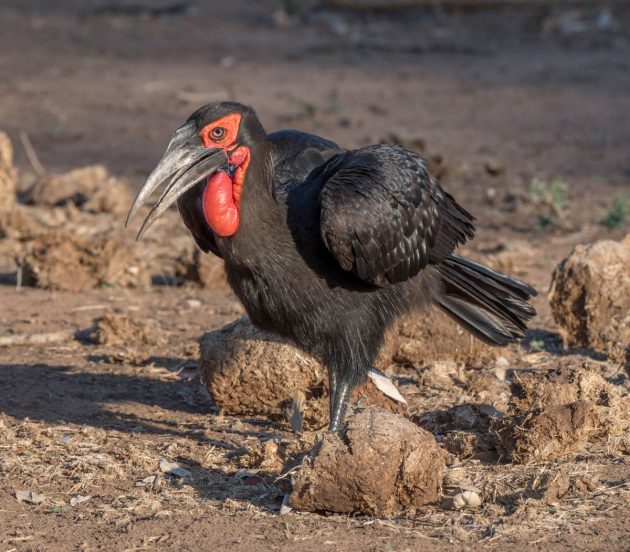
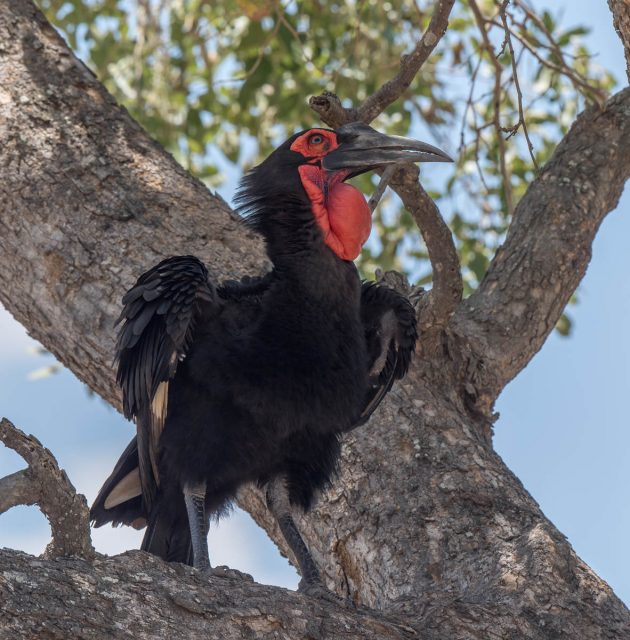
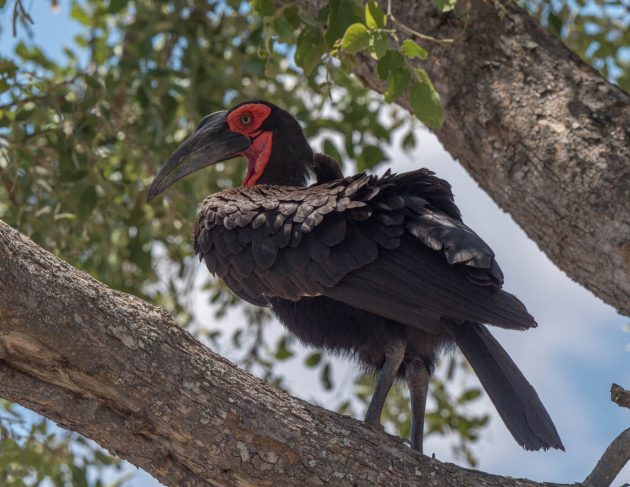
They are not much into flying. Is it boredom or depression, or both?
“Do you wonder why
The bird is bored of flying
It never asked to be alive
To be a bird
And never cared for heights” (Mastersystem, “Bird is bored of flying“)
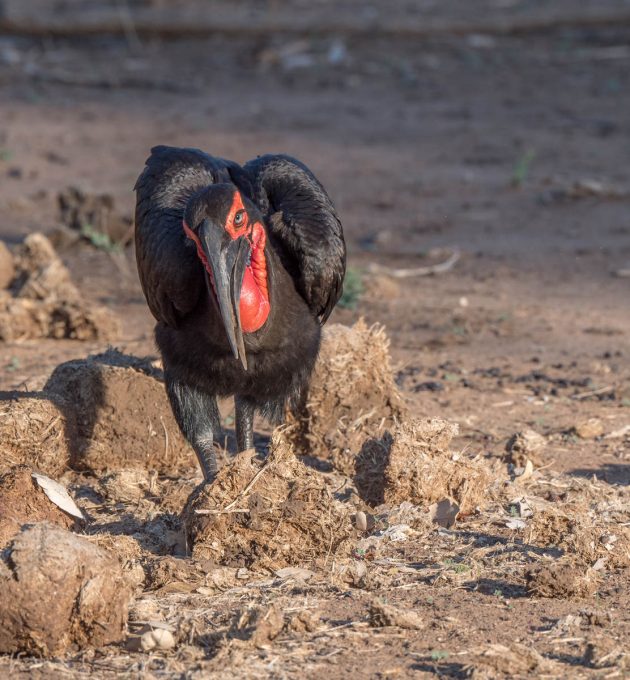
The Southern Red-billed Hornbill is another species that the HBW has not gotten around to providing separate entries for yet, unlike Wikipedia, which provides some information on the split from other Red-billed Hornbills. Probably Wikipedia is more specialized on birds than the HBW.
When breeding, the female finds a cavity in a tree and seals the entrance. The only opening left is a vertical slit from the top to the bottom. The male passes the food through the slit with his beak. Apparently, they often take over the nest of other hornbill species. According to the HBW, in one case, this was done while that nest still contained chicks, whereafter both adults (the other an African Grey Hornbill) indiscriminately fed all of the young. If birds created soap operas, this would be a good topic for a series.
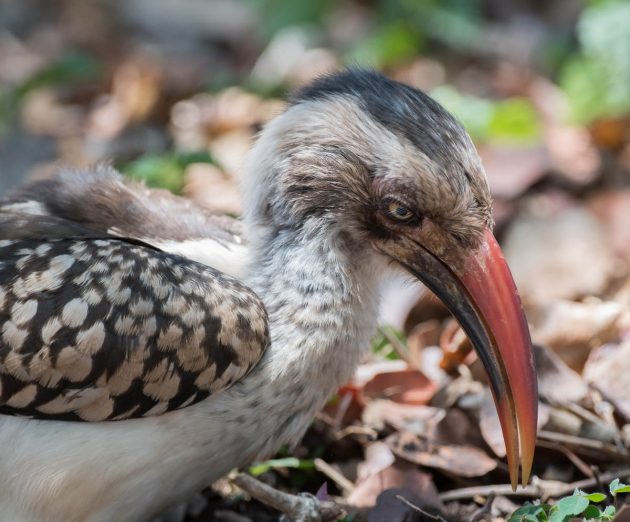

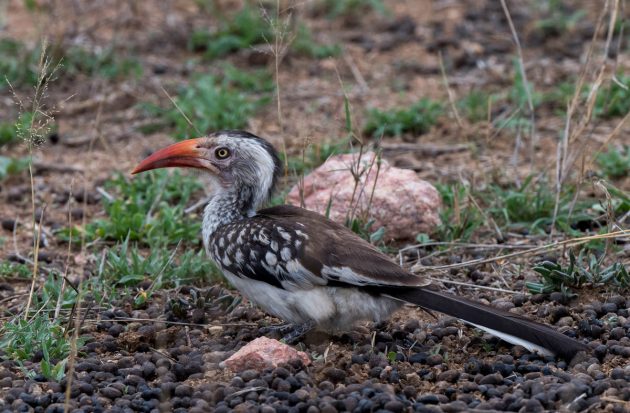
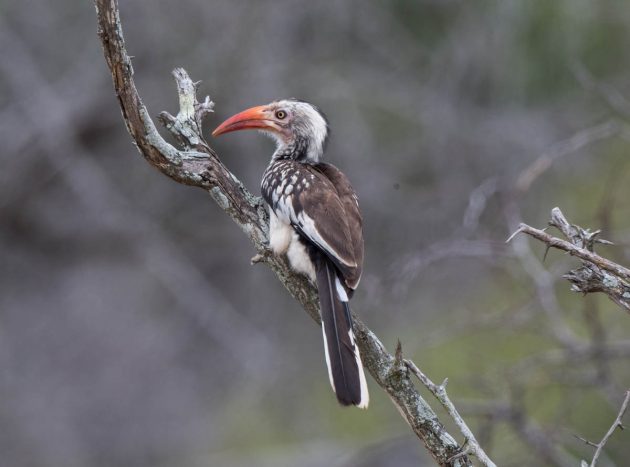
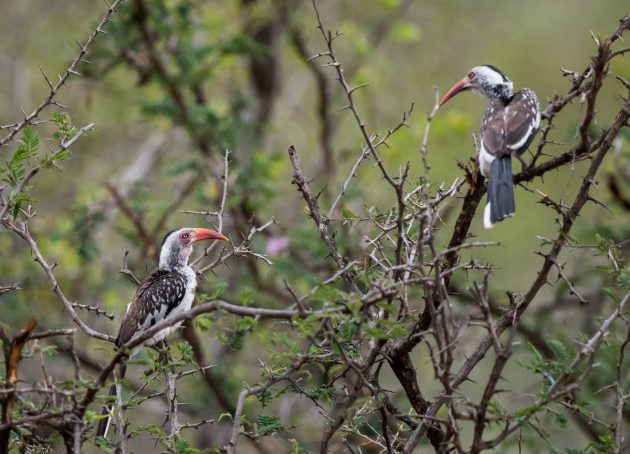
According to the HBW, the Southern Yellow-billed Hornbill is sometimes “breaking into ‘laughter’, woh-woh-woh-woh-woh-woh-WAH-WAH-WAH-WAH.” It mainly forages on the ground, though my photos fail miserably in illustrating this. As the female similarly relies on the male to feed it during incubation (being locked in a cavity), the death of the male is a major reason for breeding failure.
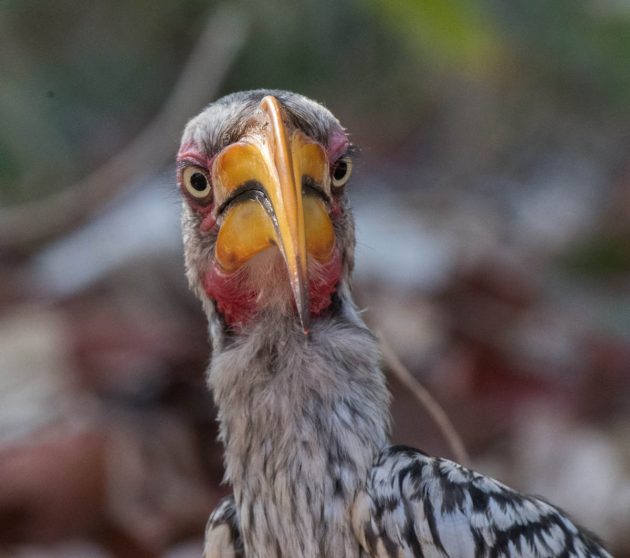
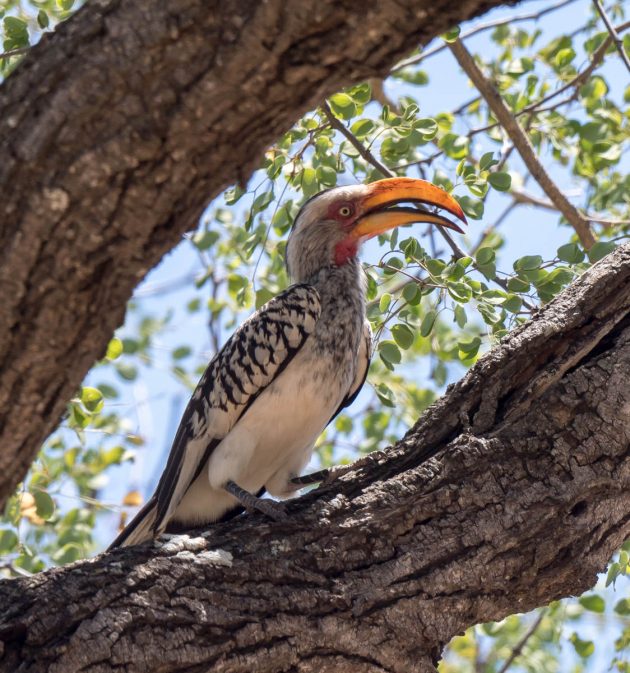
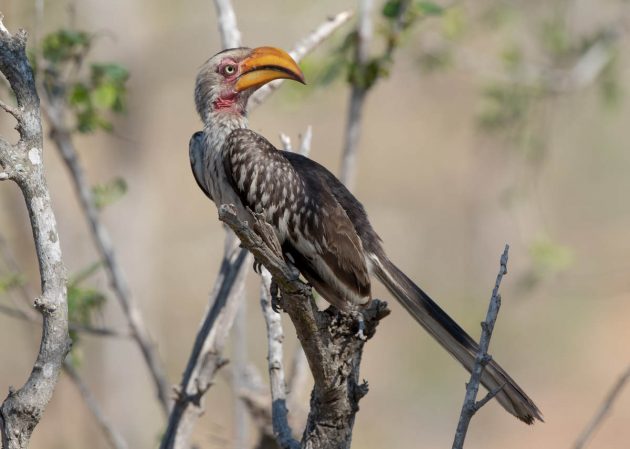
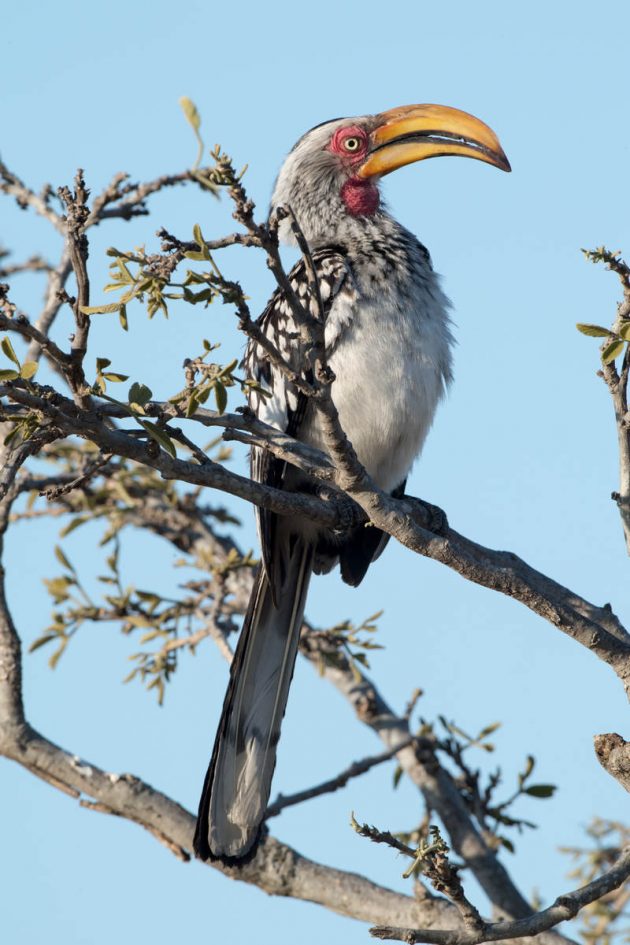
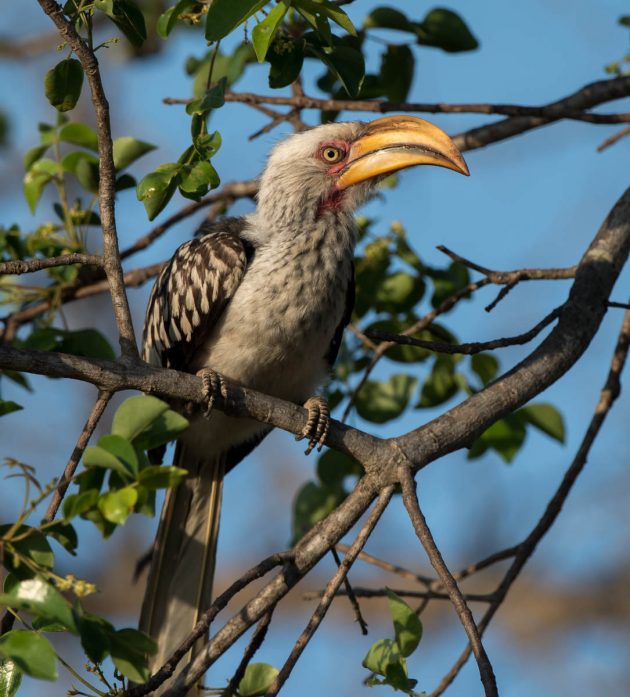
Trying to find a Trumpeter Hornbill in forests near Eshowe, South Africa, I had to agree with eBird that the bird “can be surprisingly inconspicuous while eating large fruit in forest trees”. Like the last two hornbills, the females incubate the eggs while sealed in the nest compartment. Wikipedia also suggests that these birds are sometimes kept as pets, noting that “in captivity, they are tame, loving birds that can be taught a variety of tricks and enjoy companionship with their owner.” I am not sure I like this idea much, though.
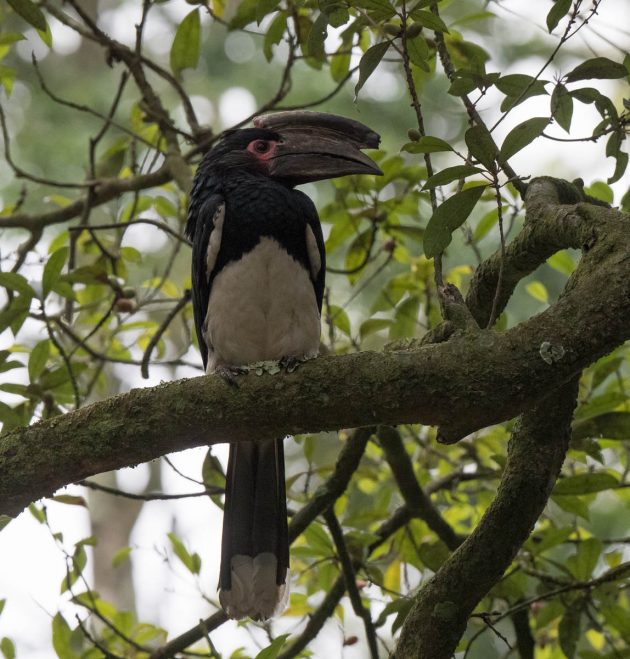
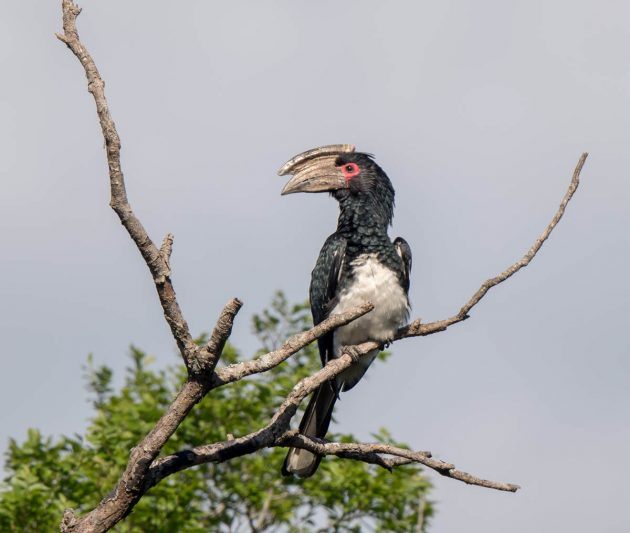













Hilarious! Love the way you write! Keep it up.
PS. You may want a good laugh so watch our YouTube Irene Issacson Photography video of Dudu, the Southern ground hornbill who mated with my husband when we were volunteers in Moholoholo, South Africa.